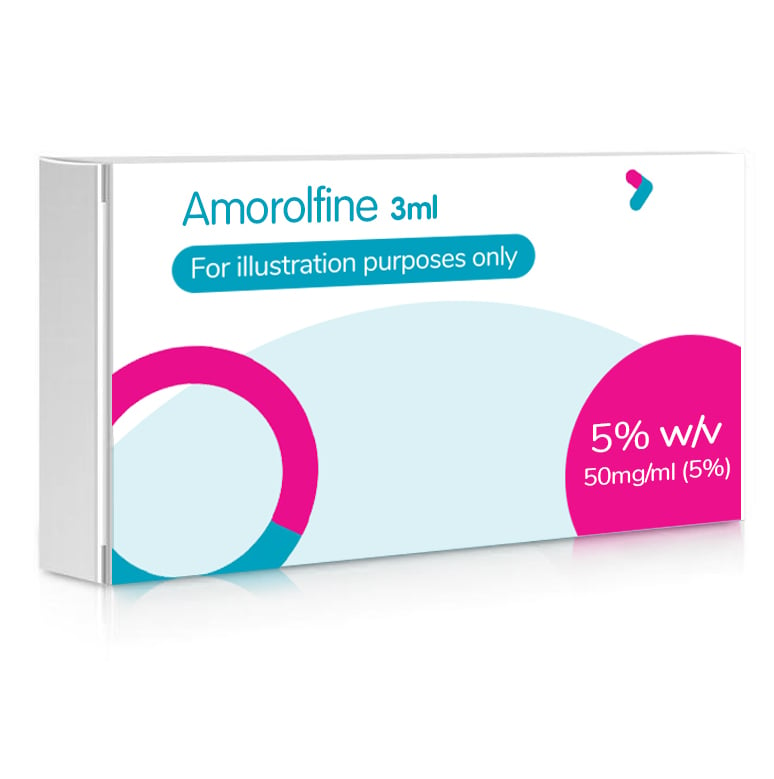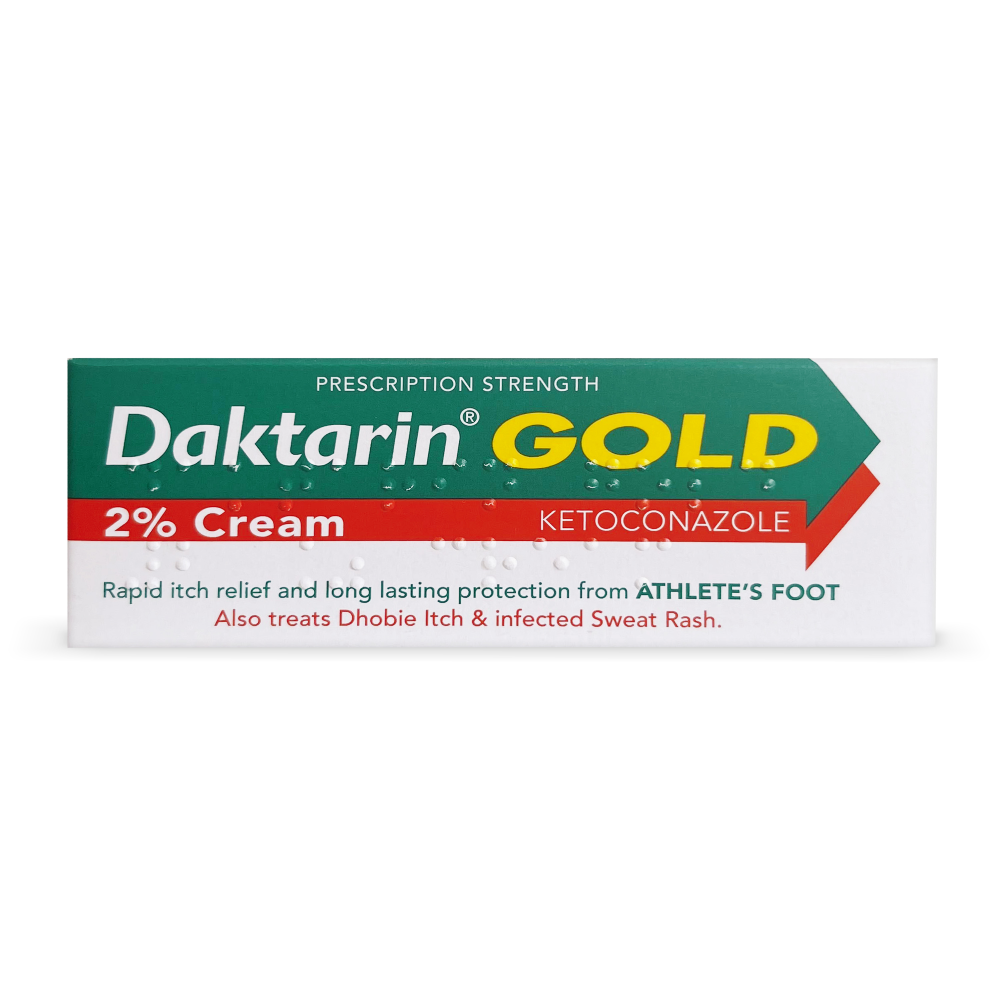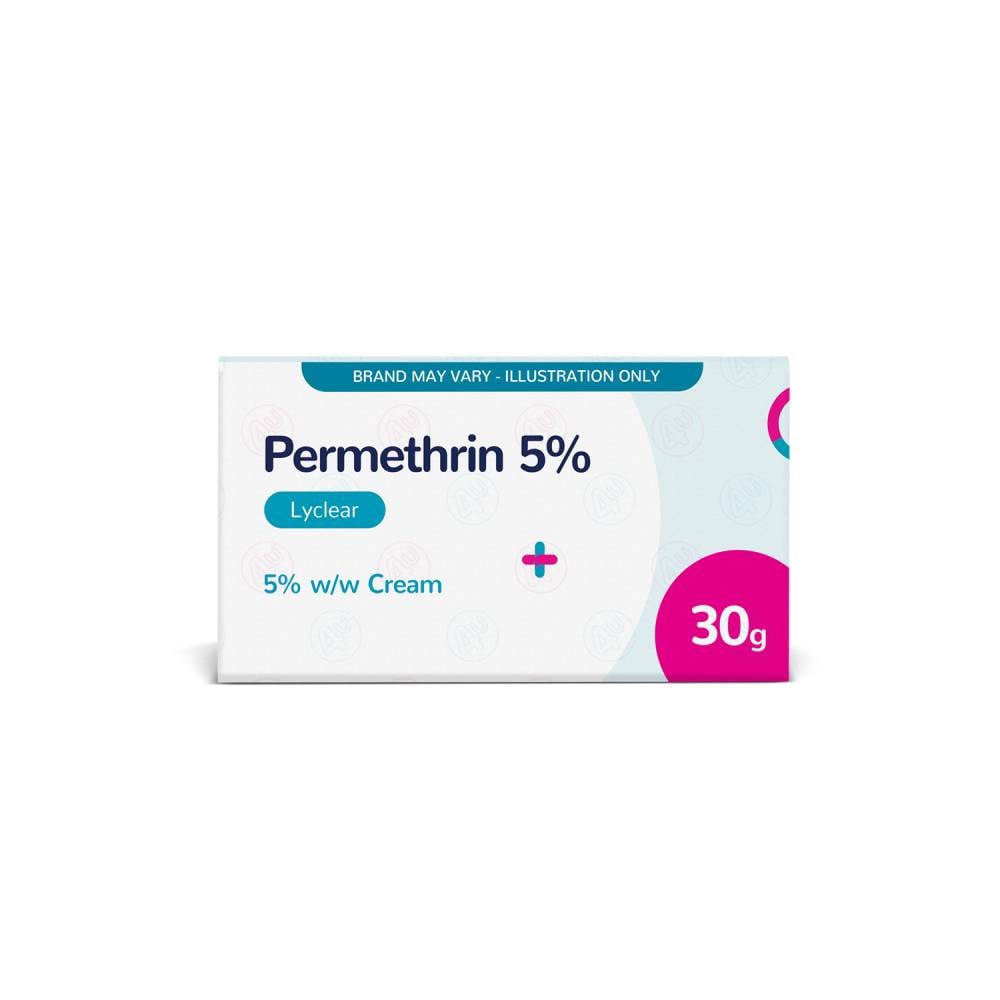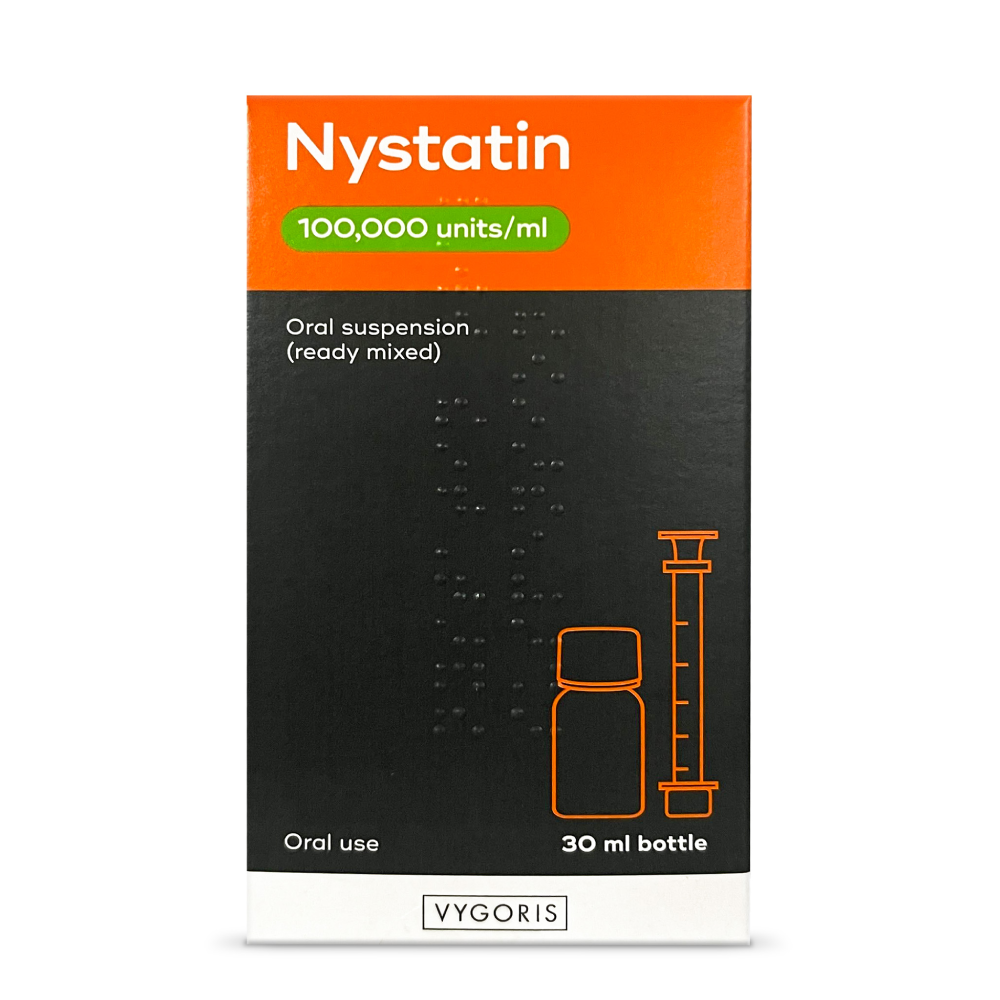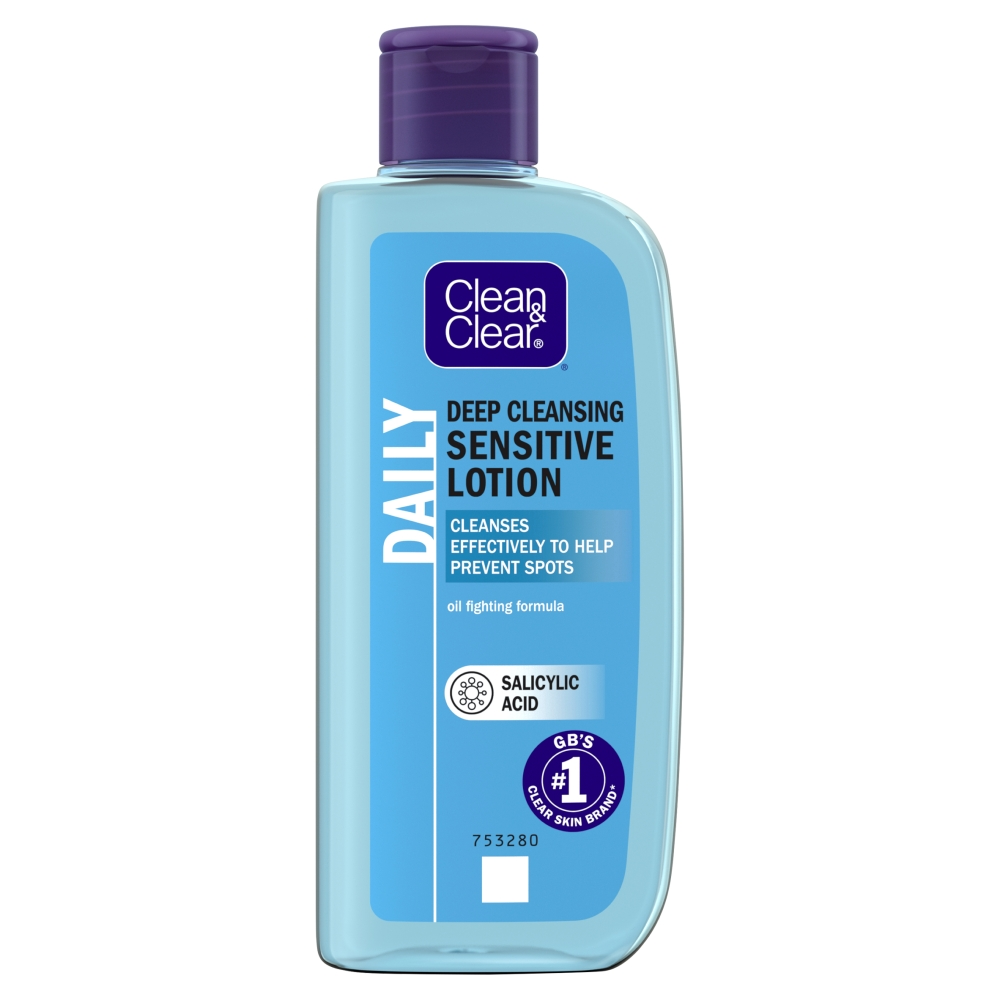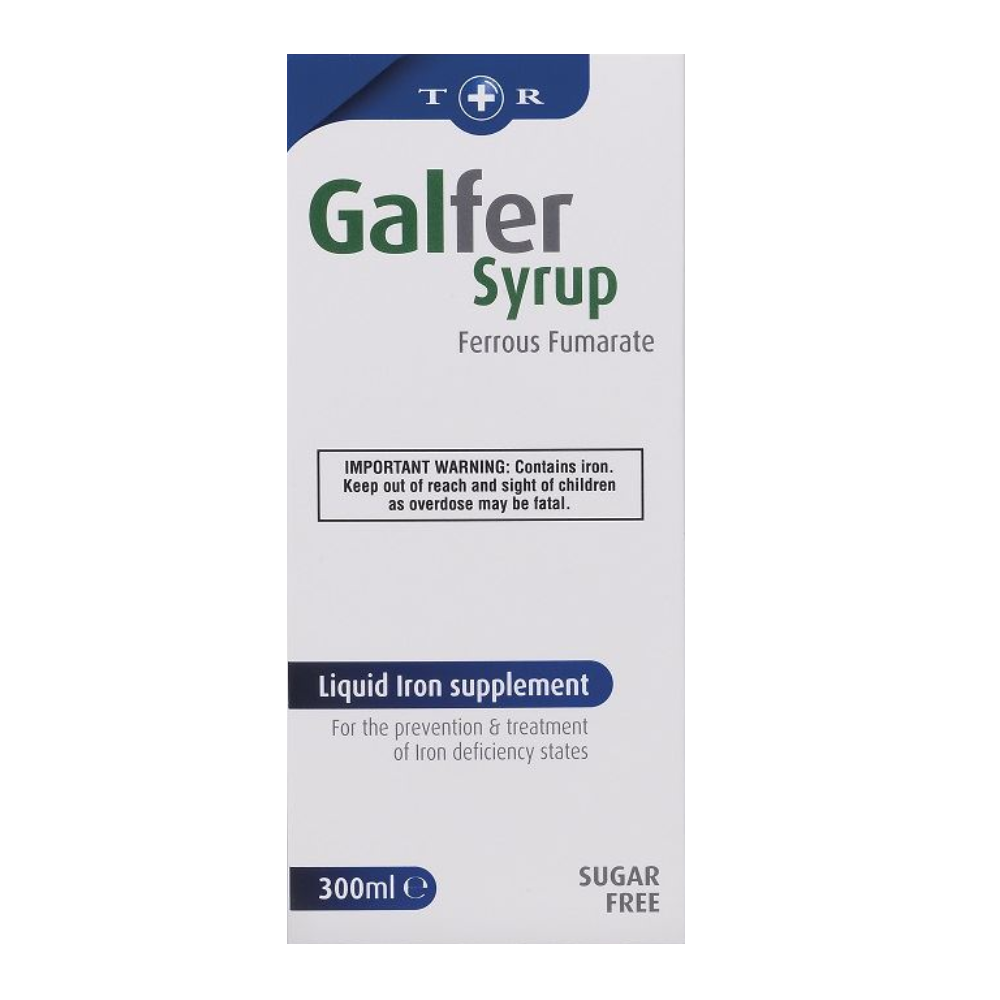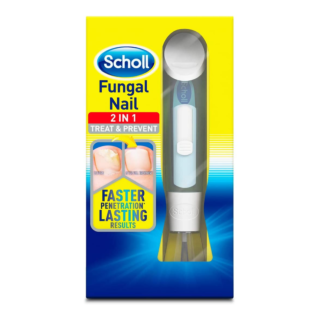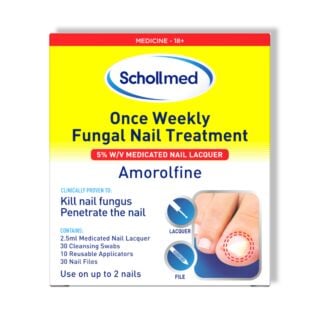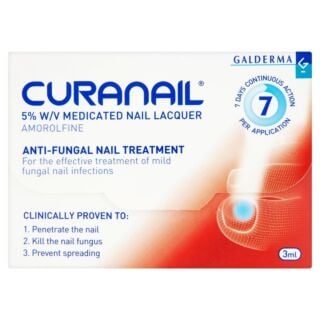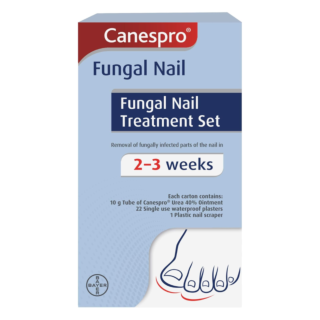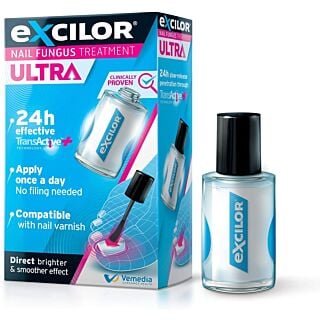Fungal Nail Infections
You may not know it, because our feet are generally hidden inside our shoes, but fungal nail infections are incredibly common.1 As many as 13.8% of adults and 48% of over 70s are estimated to have fungal nail infections, meaning you are far from alone if you have an infection.2,3 … Read More See less
A fungal nail infection is not a serious condition, but it can take a long time to treat.4,5 This can be frustrating, especially if you find the look of your nail to be distressing.5 But if you want to see an improvement, you do need to be patient and let the treatment do its work gradually.4,5
In this category, we’re exploring what fungal nail infections are, what causes them, and all the fungal nail infection treatment options available in the UK. So that you can make an informed decision about the right step forward for you.
What is a fungal nail infection?
A nail fungal infection begins as a white or yellow-brown spot under the tip of your fingernail or toenail.6 As the infection spreads, your nails become thick, discoloured and easy to break.4–6 The condition usually affects your toenails, but it can spread to your fingernails.7 It can affect several nails at once.6
The condition is mostly caused by the same fungus that causes athlete’s foot, a fungal infection of the skin.4 This fungus thrives in warm, dark, moist places, like your feet.4 It can spread to your toenails if there is a break in your skin that allows the fungi to get between your toenail and toenail bed (the tissue underneath your toenail).5
How is the fungus spread?
Nail fungus is contagious, meaning it spreads from person to person through direct contact.4,7
As a result, you’re more likely to get a fungal nail infection if you walk around barefoot in places where the fungi can thrive, like communal showers, swimming pools and gyms.4,6,7 You can also get a fungal nail infection by sharing contaminated towels or clothing.8
Who is most likely to get a fungal nail infection?
While anyone can get a fungal nail infection, factors that make you more likely to develop the condition include:7
- Older age
- Having athlete’s foot
- Wearing shoes that make your feet hot and sweaty
- Walking barefoot in damp public areas, such as swimming pools, gyms and shower rooms
- Having a minor skin or nail injury
- Having a skin condition that affects your nails, such as psoriasis
- Having diabetes
- Having poor circulation due to peripheral vascular disease
- Having a weakened immune system
- Having hyperhidrosis (excessive sweating)
- Having unclean, damp feet
Fungal nail infection symptoms
Fungal nail infections don’t usually cause any pain. Your nails may be:1,6
- Thickened
- Soft
- Brittle or crumbly
- Discoloured (white or yellow)
- Misshapen
- Separated from the nail bed
- Smelly
When to see a doctor
If your condition is mild, you may not need treatment. However, you may want to visit your GP if:4,6
- Self-care and over-the-counter treatments don’t work and the condition worsens
- The infection has spread
- You have diabetes
- You have a weakened immune system
- You develop bleeding around your nails
- You experience swelling or pain around the nails
- You have difficulty walking
How is a fungal nail infection diagnosed?
A fungal nail infection can be identified by a pharmacist, who may be able to confirm whether you have an infection by looking at your nails to evaluate your symptoms.4, If so, they will be able to recommend a treatment that’s right for you.4,7
However, they may suggest that you need further tests to confirm a diagnosis. in which case they will refer you back to your GP. 7 This may be because other conditions, such as psoriasis, can mimic a fungal nail infection.9 Your GP may take a small sample of your nail or the debris under your nail to be analysed under a microscope.7,9 Once they know the cause of your infection, they will be able to identify the most appropriate treatment.9
How to treat a fungal nail infection
Unless you have a mild case, a fungal nail infection is unlikely to get better on its own.4,7 However, fungal finger nail infection treatments can take a long time to work and sometimes cause side effects.4
Antifungal nail medicine
Antifungal medicine, that you brush onto the nail, is the most common answer to how to cure a fungal nail infection. You can buy antifungal nail medicine over the counter.
Look for an antifungal toenail lacquer containing amorolfine 5%. This should be used daily or weekly, depending on the instructions, for 6 to 12 months before you start to see an improvement.
You should keep using the treatment until you see a healthy nail growing back at the base of your nail. Don’t stop before you reach this point as the infection may return. Be prepared that your nail might not look the same as it did before the infection, even once the infection is gone.
Antifungal nail medicine may not be suitable for you if you're under 18, pregnant or breastfeeding.
Antifungal tablets
If antifungal nail medicine doesn’t work, your GP may prescribe antifungal tablets.
Before starting treatment, your GP will test a sample of your nail to find out which fungi is causing your infection. They may also need to do a blood test before and during your treatment, to check that your liver is working properly.
You may need to take antifungal tablets for up to 6 months.
Side effects of antifungal tablets include:
- Headaches
- An itchy rash
- Stomach ache
- Feeling sick
- Diarrhoea
You may not be prescribed antifungal tablets if you have certain conditions like liver or kidney disease. They may also be unsuitable if you’re pregnant or breastfeeding.
Surgery
Severely infected nails sometimes need to be completely removed. This minor surgical procedure is performed under a local anaesthetic, so that you don’t feel any pain.
How to prevent a fungal nail infection
You can never completely guarantee that you won’t get a fungal nail infection. However, there are steps you can take to prevent an infection:4,7
- Avoid walking around barefoot in communal areas, such as pools, showers and locker rooms
- If a member of your household has a fungal nail infection, use a different shower or wear flip flops in the shower to avoid coming into contact with it
- Don’t share towels, shoes, socks or nail clippers with other people
- Keep your nails short but don’t clip them aggressively, as this can provide portals of entry for the fungus
- Treat athlete’s foot as soon as possible to prevent it spreading to your nails
- Clean your nail trimmer before using it
- Wash your towels regularly
- If you have diabetes, follow all foot care recommendations from your gp
- Keep your feet dry and always fully dry your feet after a shower
- Wear clean socks every day
- Avoid wearing shoes that make your feet hot and sweaty
- Soak your toenails in warm water before cutting them
- Trim your toenails straight across (don’t round the edges)
- Wear correctly fitting shoes that are neither too loose nor too tight around the toes
Sources
- https://www.guysandstthomas.nhs.uk/health-information/fungal-nail-infections
- https://cks.nice.org.uk/topics/fungal-nail-infection/background-information/prevalence/
- https://www.ccjm.org/content/ccjom/70/2/110.full.pdf
- https://www.nhsinform.scot/illnesses-and-conditions/skin-hair-and-nails/fungal-nail-infection/
- https://www.nhs.uk/conditions/fungal-nail-infection/
- https://www.mayoclinic.org/diseases-conditions/nail-fungus/symptoms-causes/syc-20353294
- https://my.clevelandclinic.org/health/diseases/11303-toenail-fungus
- https://www.fressingfield-medical-practice.co.uk/website/D83069/files/Nail_infections_final1.pdf
- https://www.mayoclinic.org/diseases-conditions/nail-fungus/diagnosis-treatment/drc-20353300

Free delivery when you spend over £30

100% discreet delivery for every item ordered

Fully regulated UK pharmacy
Are fungal nail infections contagious?
Yes, fungal nail infections are contagious, and they can spread quite easily between people who live in close quarters.
It can also spread in warm, damp environments like communal showers, gyms, public swimming pools and changing rooms.
How do you treat a fungal nail infection?
Fungal nail infections are common and will usually be nothing to worry about, however, they can take a long time to treat.
They can cause the nail to become brittle causing breakages, pain, and swelling in the skin around the nail.
There are multiple treatment options to treat a fungal nail infection, such as paint-on solutions and nail pens from trusted brands like Curanail and Scholl.
How can Scholl Fungal Nail Treatment help to relieve my fungal nail infection?
Scholl has different fungal nail treatments which work by creating an environment around your infected nail that makes it difficult for the nail fungus to thrive.
Giving your nail the chance to recover and grow out, letting healthy nail grow in its place and keeping the infection from spreading to your other nails.
How can you prevent a fungal nail infection?
Fungal nail infections aren’t nice, so the NHS have set out some guidelines on how to prevent yourself from developing one:
Treat athlete's foot as soon as possible to avoid it spreading to nails, keep your feet clean and dry, wear clean socks every day, wear flip-flops in showers at the gym or pool and throw out old shoes.
Avoid wearing shoes that make your feet hot and sweaty, don’t share towels, nail clippers or scissors and don’t wear other people’s shoes.
How long will it take for Nailner to treat my fungal nail infection?
When you use Nailner products, your fungal nail infection will be gone in around 12 weeks.
However, you may still notice damage to the area of nail that was infected.
This will mean that although your nail will look better after the infection has healed, it may take up to 12 months for new, healthy nail to grow in and replace the damaged nail entirely.



